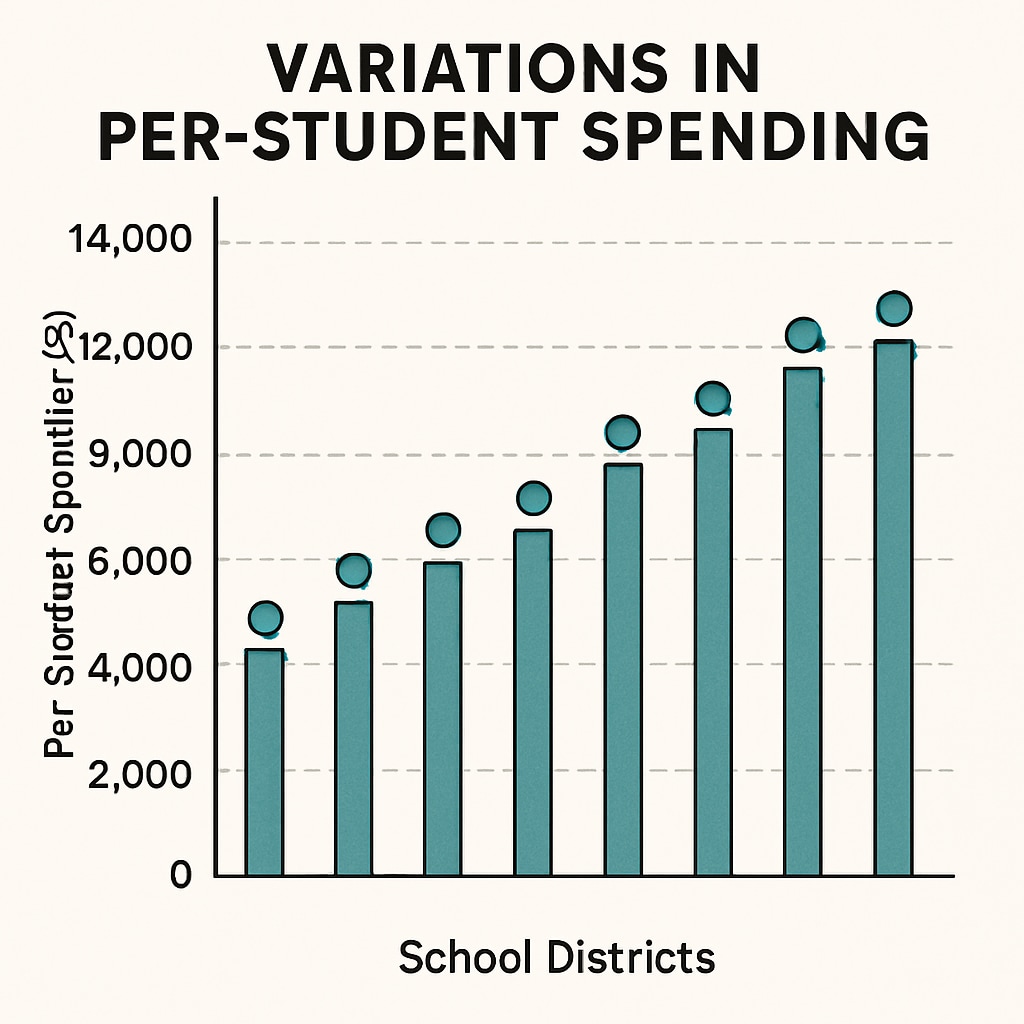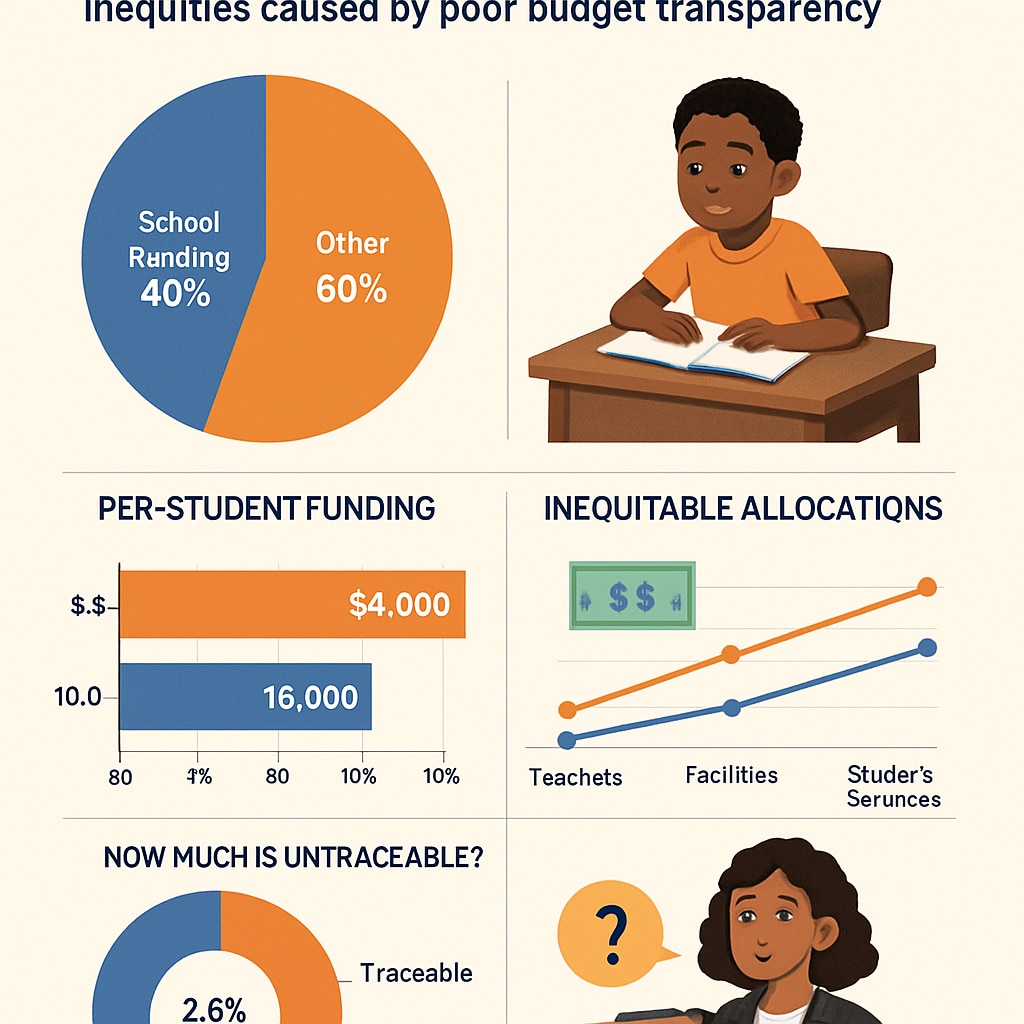In the realm of K-12 education, funding plays a crucial role in shaping per-student spending data. However, the lack of budget transparency often leads to disparities in resource allocation and raises questions about the actual impact of financial decisions on educational outcomes. This article explores the potential manipulation of spending data and emphasizes the need for effective oversight in managing education budgets.

The Role of Funding in Per-Student Spending
Per-student spending is a key metric that reflects the financial resources allocated to each student within a school district. While it may seem straightforward, the calculation of this figure is often influenced by factors that are not immediately apparent. For example, administrative costs, transportation expenditures, and infrastructure investments can skew the numbers, making it difficult to assess whether funds are being appropriately utilized to support student learning.
One illustrative example is school transportation. School buses are an essential service, but their associated costs—fuel, maintenance, driver salaries—can consume a significant portion of a school’s budget. When these expenses are included in per-student spending calculations, they may obscure the actual investment in classroom resources, such as textbooks and teacher salaries.
Budget Transparency: A Missing Link
The absence of budget transparency in many school districts exacerbates the issue. Without clear and detailed reporting, stakeholders—including parents, educators, and policymakers—are left in the dark about how funds are allocated and spent. This lack of accountability can lead to mismanagement and inequities across schools, particularly in districts serving economically disadvantaged communities.

According to a report on education funding, districts with higher levels of transparency are better equipped to identify inefficiencies and redirect money toward programs that directly benefit students. For example, initiatives like teacher training, extracurricular activities, and technology integration have shown to improve educational outcomes but require consistent funding to thrive.
Building a Responsible Oversight Mechanism
To address these challenges, education systems must adopt more rigorous oversight mechanisms. This includes implementing standardized reporting practices that detail spending across various categories, such as student services, administrative costs, and facility maintenance. Furthermore, involving community stakeholders in budget reviews can foster trust and ensure that financial decisions align with the needs of students.
In addition, leveraging technology can enhance transparency. Automated systems for tracking expenditures and generating reports can minimize human error and provide real-time insights into budget utilization. These tools also enable comparative analysis, allowing districts to benchmark their spending against national averages and identify areas for improvement.
Conclusion: Advocating for Change
Funding directly impacts per-student spending data, but its influence must be scrutinized to ensure fairness and effectiveness. By prioritizing budget transparency and adopting robust oversight mechanisms, school districts can better allocate resources to support student success. As a result, the education system will move closer to achieving equitable access to quality learning experiences for all students.
Ultimately, addressing these issues requires collaboration among policymakers, educators, and community members. Together, they can advocate for changes that enhance accountability and promote a more equitable distribution of resources across schools.


